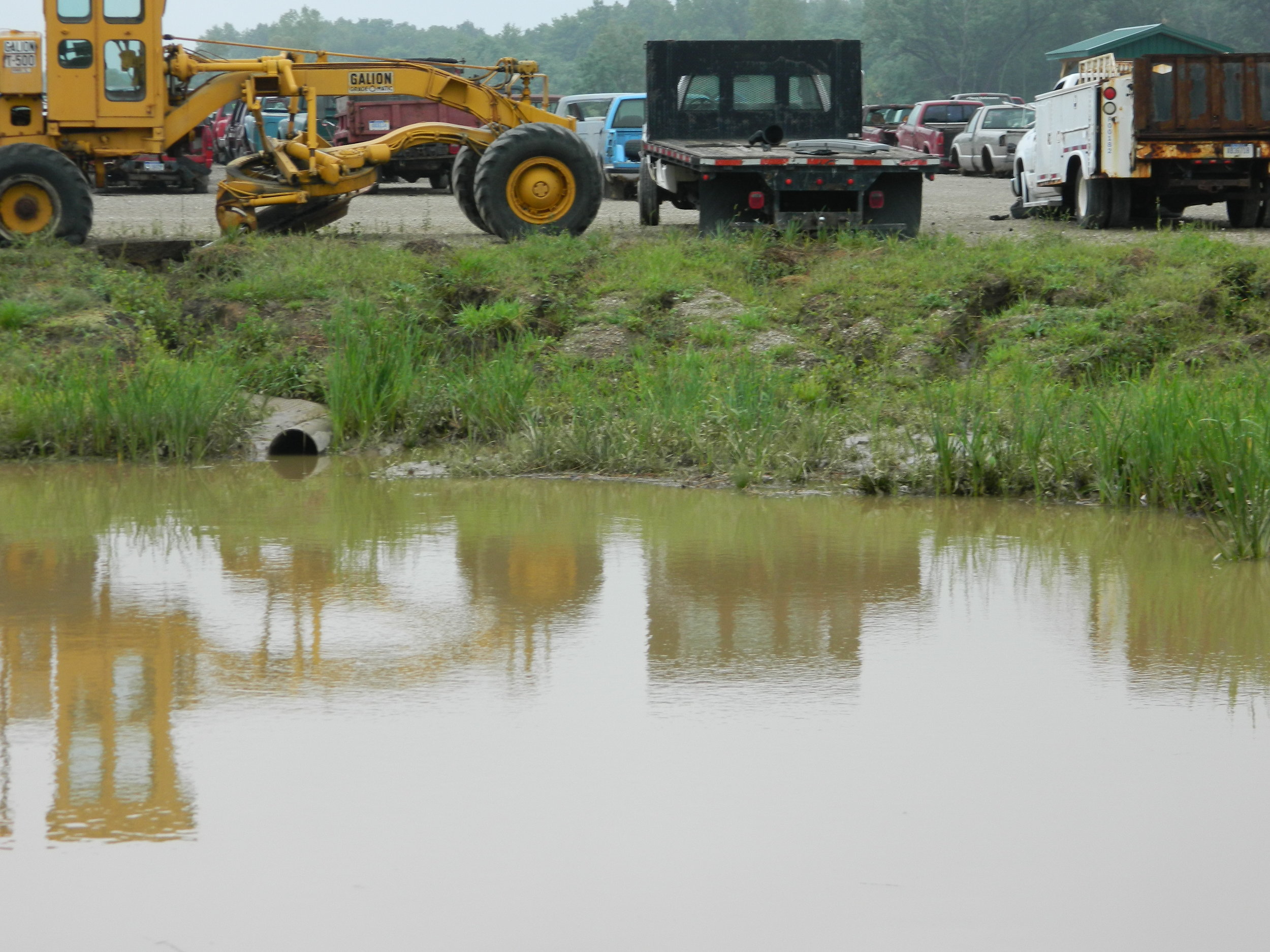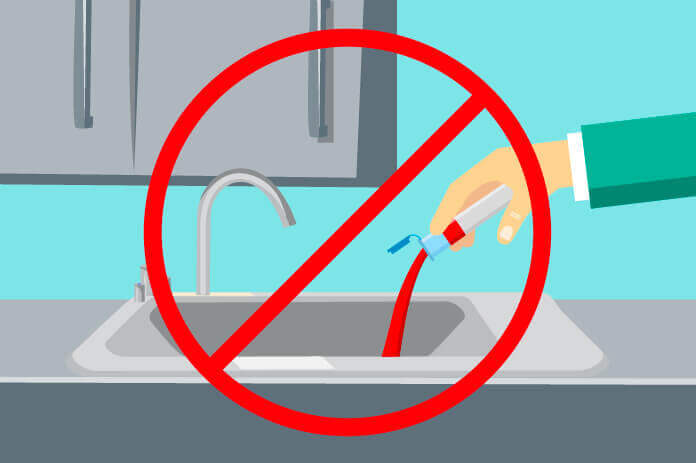Dependable Liquid Waste Disposal Melbourne: Safe and Effective Providers
Dependable Liquid Waste Disposal Melbourne: Safe and Effective Providers
Blog Article
Just How Fluid Garbage Disposal Functions: An In-depth Summary of Techniques and Technologies Utilized

Overview of Liquid Waste Types
The intricacy of fluid waste types demands a complete understanding of their features and ramifications for disposal. Liquid waste can generally be categorized into several kinds, consisting of commercial, local, farming, and harmful waste. Each classification exhibits distinctive homes, needing particular monitoring approaches to alleviate environmental and health dangers.
Industrial fluid waste originates from manufacturing procedures and usually consists of a variety of pollutants, such as heavy steels, solvents, and natural compounds. Metropolitan fluid waste, mainly comprising wastewater from houses and industrial establishments, has raw material, nutrients, and pathogens (industrial wastewater treatment). Agricultural fluid waste, including runoff from ranches, might contain plant foods, pesticides, and animal waste, posing threats to water high quality and ecosystems
Unsafe liquid waste is defined by its poisoning, reactivity, or prospective to trigger injury. Understanding these diverse fluid waste kinds is essential for establishing effective disposal approaches and ensuring compliance with environmental regulations.
Physical Therapy Approaches

Screening is the first action, where larger fragments and particles are gotten rid of from the liquid waste using displays or grates. In sedimentation storage tanks, heavier fragments clear up at the bottom, forming a sludge layer, while the made clear liquid can be more dealt with.
Filtration is an additional important approach that involves passing the fluid through porous products, such as sand or membrane layers, to catch smaller sized bits. This step boosts the high quality of the liquid, making it appropriate for subsequent treatment processes.

Chemical Treatment Strategies
Chemical treatment strategies are vital for effectively taking care of liquid waste, particularly in addressing dissolved and colloidal impurities that physical methods might not properly remove. These strategies use different chemical representatives to counteract, precipitate, or transform harmful materials into much less harmful kinds.
One common technique is coagulation and flocculation, where chemicals such as alum or ferric chloride are contributed to promote the aggregation of put on hold fragments. This process improves sedimentation, enabling easier removal of the resulting sludge. In addition, oxidation procedures, employing representatives like chlorine or ozone, are used to break down complex organic compounds and virus, making the waste more secure for discharge or more therapy.
Neutralization is another vital strategy, which readjusts the pH of acidic or alkaline waste streams to neutral degrees, preventing potential injury to downstream systems and the atmosphere. you could look here In addition, progressed oxidation procedures (AOPs) make use of combinations of oxidants and ultraviolet light to break down persistent pollutants, achieving a higher level of treatment efficiency.
Biological Treatment Processes
Organic therapy procedures play a crucial role in the management of fluid waste by using microorganisms to decompose natural matter and decrease contaminant degrees. These processes can be broadly classified right into cardio and anaerobic therapies, each using particular microbial communities to accomplish effective waste degradation.
Aerobic therapy involves making use of oxygen to assist in the breakdown of organic products by germs. This procedure is frequently executed in turned on sludge systems, reference where aeration storage tanks provide a helpful atmosphere for microbial development, leading to the oxidation of organic pollutants. The resultant biomass can be divided from dealt with effluent through sedimentation.
In contrast, anaerobic treatment occurs in the lack of oxygen, relying upon various germs to damage down raw material. This method is specifically helpful for high-strength waste, as it produces biogas, a renewable resource source, while lowering sludge production. Technologies such as anaerobic digesters are frequently employed in local and industrial applications.
Both aerobic and anaerobic biological treatments not just minimize the ecological effect of fluid waste but additionally assist in source healing, making them crucial parts of lasting waste monitoring methods. Their efficiency, performance, and flexibility sustain their extensive execution across numerous markets.
Arising Technologies in Disposal
Ingenious strategies to liquid garbage disposal are swiftly evolving, driven by advancements in innovation and a boosting emphasis on sustainability. Among these emerging modern technologies, membrane layer bioreactors (MBRs) have actually obtained traction for their capability to incorporate biological therapy with membrane layer filtering, leading to have a peek at this website top notch effluent that can be recycled in numerous applications. MBRs enable smaller sized impacts and much more effective operations contrasted to conventional systems.
Another appealing advancement is the use of anaerobic food digestion integrated with nutrient recovery modern technologies, which not just treats fluid waste yet additionally creates biogas and recovers important nutrients like nitrogen and phosphorus. This dual benefit improves source efficiency and decreases ecological influence.
In addition, progressed oxidation processes (AOPs) are being adopted for the deterioration of complicated organic pollutants. These methods make use of effective oxidants and catalysts to damage down contaminants at the molecular level, using a highly reliable remedy for difficult waste streams.
In addition, the combination of synthetic knowledge and machine learning in waste management systems is optimizing operational effectiveness and anticipating maintenance, bring about decreased costs and enhanced ecological conformity. These innovations show a significant shift in the direction of more efficient and sustainable liquid waste disposal methods.
Final Thought
In verdict, reliable fluid waste disposal demands a thorough understanding of numerous strategies and technologies. The integration of physical, chemical, and organic therapy techniques guarantees the effective administration of varied waste kinds. Furthermore, the introduction of innovative innovations improves treatment effectiveness and promotes sustainability in waste administration practices. By continually advancing these approaches, it comes to be possible to address the growing challenges connected with fluid waste, eventually contributing to ecological protection and source healing.
Fluid waste disposal is an essential aspect of environmental administration, requiring a comprehensive understanding of different strategies and modern technologies tailored to various waste kinds. Liquid waste can generally be classified into numerous types, consisting of industrial, municipal, agricultural, and harmful waste. Agricultural fluid waste, including runoff from farms, may include plant foods, chemicals, and pet waste, positioning threats to water quality and environments.
Different physical treatment techniques play an important role in handling liquid waste successfully - industrial wastewater treatment.In verdict, effective liquid waste disposal demands a comprehensive understanding of different strategies and technologies
Report this page